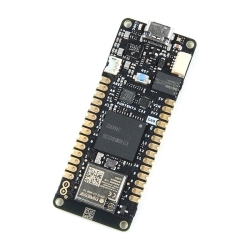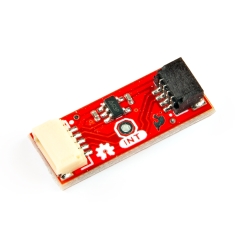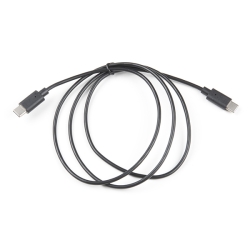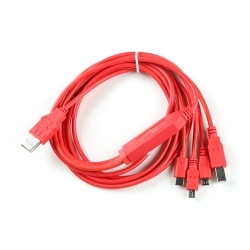Arduino Portenta C33
The Portenta C33 is a powerful System-on-Module based on the Renesas RA6M5 microcontroller group, which utilizes the high-performance Arm® Cortex®-M33 core
Helpful Documentation
Product Overview
Ideal to develop cost-effective, real-time applications, Portenta C33 features the Arm® Cortex®-M33 microcontroller by global leader Renesas and supports MicroPython and other high-level programming languages. Thanks to its onboard Wi-Fi® and Bluetooth® Low Energy connectivity, the module stands out as an ideal solution for IoT gateways, remote control systems, fleet management and process tracking.
While its secure element guarantees industrial-grade security at the hardware level, the Portenta C33 is also able to perform over-the-air firmware updates with Arduino IoT Cloud or other third-party services.
Quickly deploying AI-powered projects becomes quick and easy with Portenta C33, by leveraging a vast array of ready-to-use software libraries and Arduino sketches available, as well as widgets that display data in real time on Arduino IoT Cloud-based dashboards. What’s more, the module’s form factor is compatible with the Portenta and MKR ranges and features castellated pins – ready for automatic assembly lines and more efficient connections to other components.
Features & Specs
- Microcontroller: Renesas R7FA6M5BH2CBG Arm® Cortex®-M33:
- 1x Arm® Cortex®-M33 core up to 200 MHz
- 512 kB onboard SRAM
- 2 MB onboard Flash
- Arm TrustZone®
- Secure Crypto Engine 9
- External Memories: 16 MB QSPI Flash
- USB-C: USB-C High Speed
- Connectivity:
- 100Mb Ethernet interface (PHY)
- WiFi
- Bluetooth® Low Energy
- Interfaces:
- CAN
- SDCard
- ADC
- GPIO
- SPI
- I2S
- I2C
- JTAG/SWD
- Security: NXP® SE050C2 Secure Element
- Operating Temperatures: -40 °C to +85 °C (-40 °F to 185 °F)
- Dimensions: 66.04mm x 25.40mm
Documentation
Customer Reviews



 User Manual
User Manual Schematic
Schematic Datasheet
Datasheet










